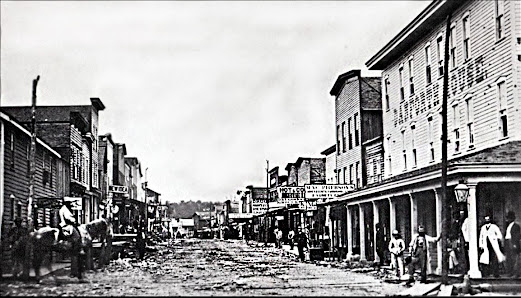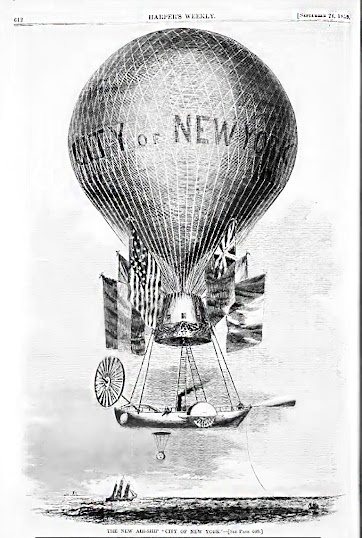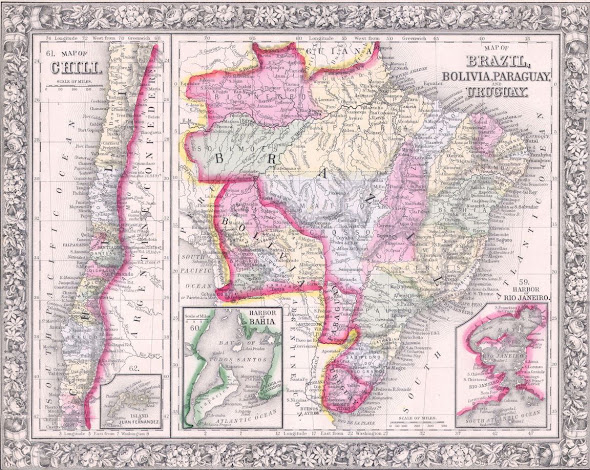BOOM THEN BUST
The oil town--Pithole, Pa.

Pithole, PA
Pithole, PA is an example of just how quickly a particular location could go boom and bust. In January of 1865 a farm on Pithole Creek sold drilling rights for $100,000. By the end of December 1865, Pithole, PA was a city of 15-20,000 people (estimates vary)! It boasted the third busiest post office in Pennsylvania, 54 hotels, almost as many brothels, a large theater and numerous saloons and boarding houses.
In October 1865 Pithole was also the site of the first oil pipeline.
By December 1866, only a few thousand people were left.
Six years later, Pithole was a ghost town.
Oil wells in Pennsylvania in 1862
Notice how close the wells are. The wood barrels are to store oil, but a standard barrel size had not yet developed.
Pithole's name came from the presence of oil filled pits lined with old logs. Nobody knew who had dug them or why. It was certainly known that oil was in the region because Pithole Creek emitted noxious gases.
In early1864 a speculator, Isaiah Frazier offered a local farmer, Thomas Holmden, $7,500 for drilling rights on part of his farm bordering Pithole Creek. Holmden's farm was only six miles south of Edwin Drake's original oil well.
Three brothers, John, George, and Abe Prather, owned a general store near the creek. One of them was married to Holmden's daughter. The three brothers, caught up in the oil frenzy, offered Holmden $25,000 for drilling rights on the rest of the farm. Soon afterwards, they increased the offer by $75,000 even though no oil had yet been found. The brothers didn't have a nickel but hoped reselling the drilling rights would cover their offer.
Frazier's well produced nothing. He and his backers were about to call it off when on January 7, 1865 the well started gushing 300 gallons a day, literally the first gusher in oil drilling history.
Several days before the oil discovery, one of the brothers, George, went to Philadelphia to sell the rights for $125,000 to other speculators. On January 7, 1865, he was walking into a meeting to sign papers to sell the rights. His brother, John, unable to contact him by telegraph and with no direct railroad connection, hired a horse and rode non stop to Philadelphia, arriving just before the papers were signed. The rights were now worth at least a million and the brothers sold shortly for $2 million. Back at the farm, the farmer's wife wouldn't sign the farm deed over until she had been given $5,000 in gold in addition to the $100,000 the brothers owed the farmer.
News of the oil on Pithole Creek spread and thousands of speculators, merchants, hookers, saloon owners and gamblers descended on the Holmden farm so fast that by May, 1865, Pithole town was incorporated.
Possibly a photo of Frazier's well at Pithole, 1866
PIPELINES & TANK CARS
Wagon drivers started charging outrageous rates to convey oil to the nearest railroad depot. Their pace was irregular, depending on the weather over muddy dirt roads. Moreover, the teamsters treated their horses so badly, the animals died after a few months work, underfed and coated with oil. Rather than treat the animals better, the teamsters bought so many horses in the area a shortage of draft animals arose.
Samuel Van Sykle, a speculator, grew so upset with the situation he designed and had built a 2 in diameter pipeline from Pithole to Titusville, a distance of five and a half miles. Soon, oil was flowing to the railhead in Titusville at the rate of over 1900 barrels a day pumped along by three steam engines. The rate soon went up to 2,500 barrels a day with the addition of another steam engine.
The railroads were forced to design and build a new type of car, the tank car. The earliest ones were topped with two tanks holding 80 gallons each.
January 1, 1866 Evening Telegraph Philadelphia, PA
pg 3
A listing of which wells were doing well
Nobody suspected the future effect of this small newspaper item in December 1865 in the Elk Advocate, a small Pennsylvania newspaper:
Petroleum has been discovered in Russia in abundance and with easy facilities for working. This will eventually confine American petroleum to the home markets.
A bank panic in March 1866 destroyed financing behind some of oil wells. The previous month, a fire had destroyed part of the town. A second fire in August along with news of another oil discovery drained the population further.
By December 1866, Pithole's population had dwindled to a few thousand.
The 1870 census listed only 237 residents.
(One of the oil speculators in the early 1860s was Lincoln's assassin, John Wilkes Booth. Booth had invested $6,000 in a speculative oil well partnership in 1862 to create "The Dramatic Oil Company." Drilling near Oil Creek, their well hit oil and produced at a fairly good rate for the time. But greedy, they decided to increase the flow by using explosives. The idea did not work. The well and Dramatic Oil Company were destroyed when the two actually put this theory to the test. Booth lost his investment.)









Comments
Post a Comment